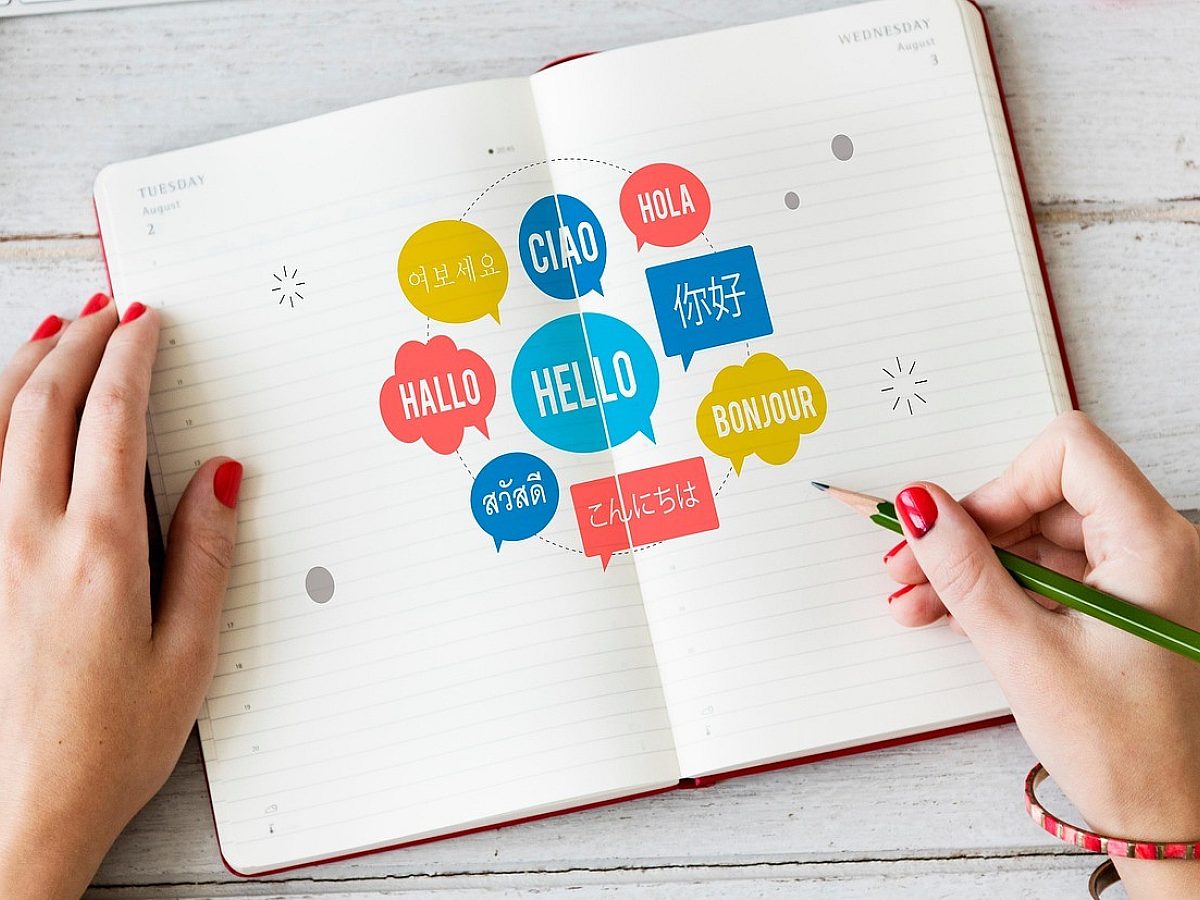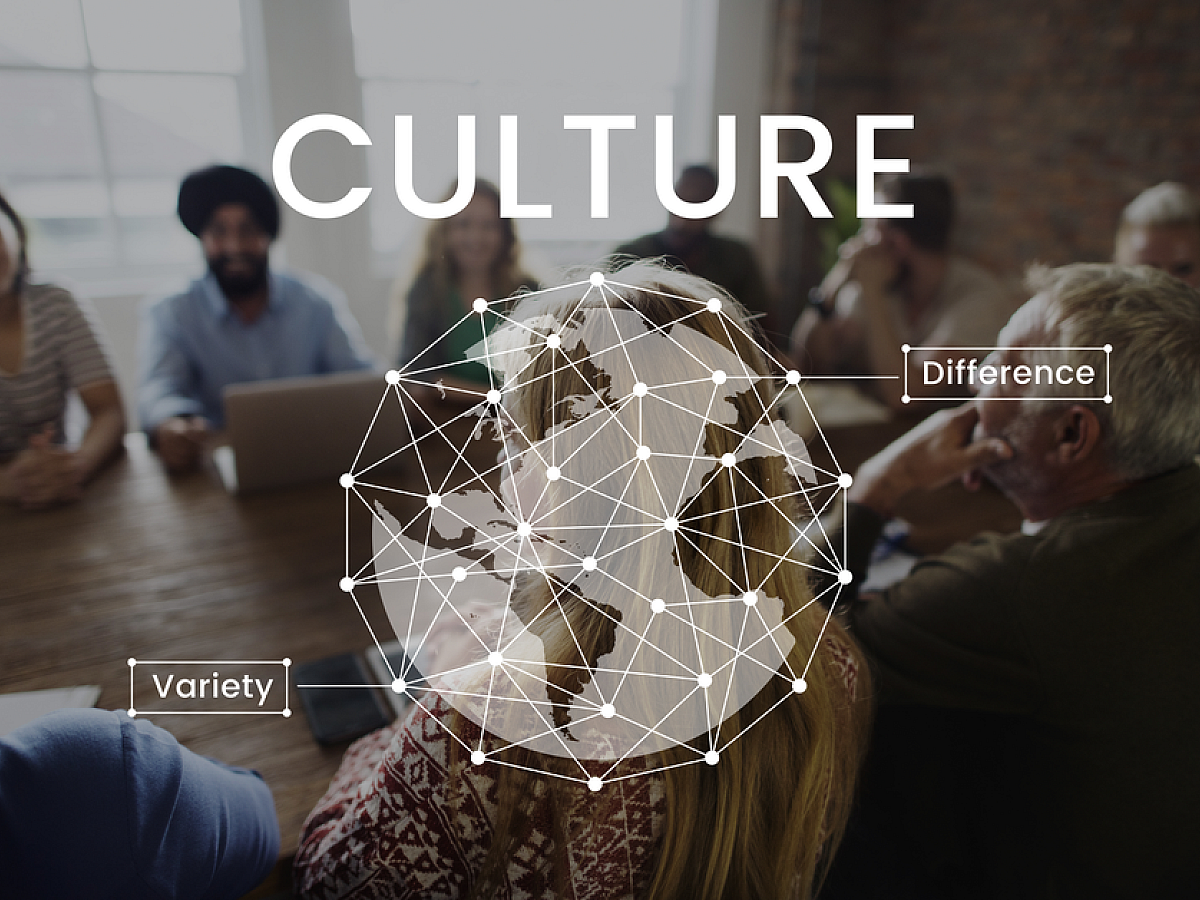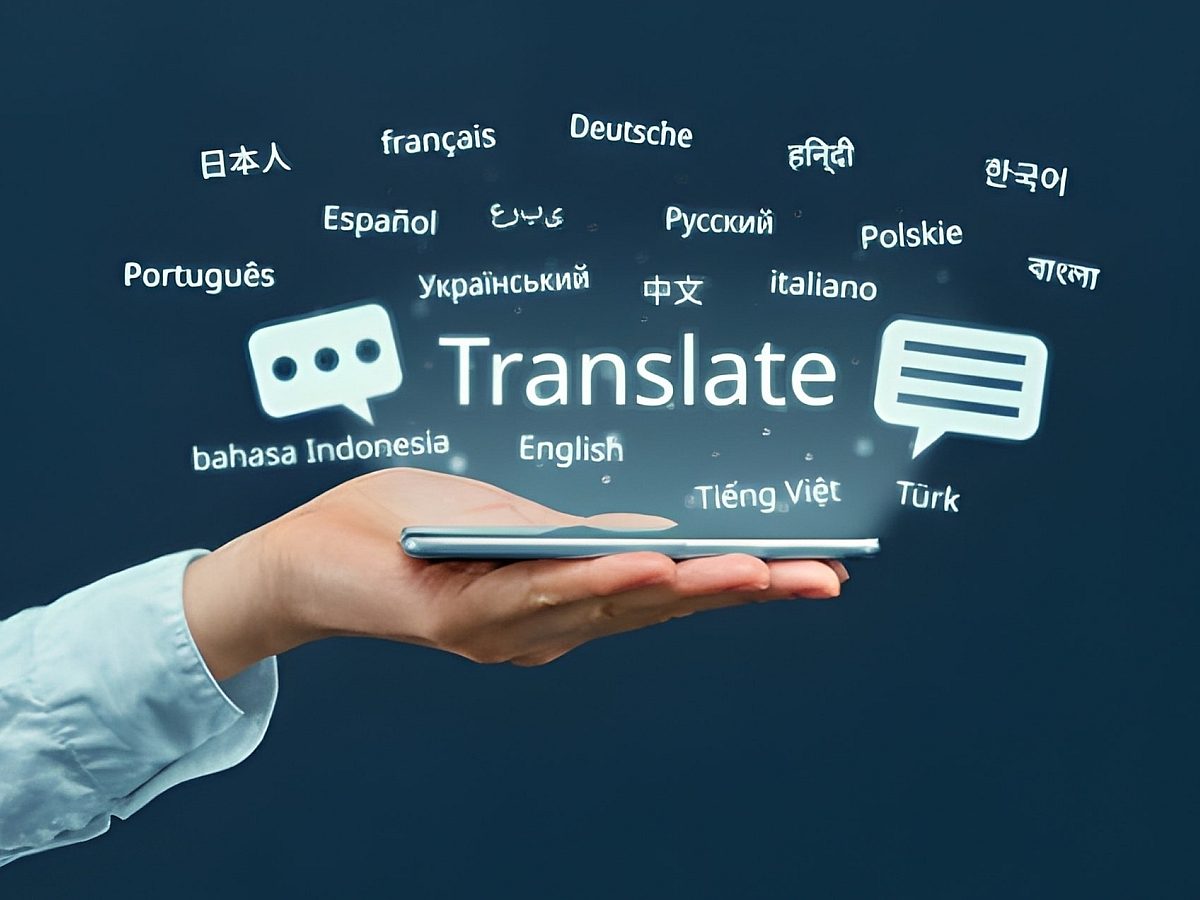AI translation has the potential to drastically change the life sciences industry. In fact, many companies are currently implementing AI to reduce costs, increase the effectiveness of research, and improve patient outcomes.
Driven by advances in machine learning and natural language processing, AI translation is streamlining how pharmaceutical companies, researchers and pharmacovigilance professionals communicate.
Just imagine the progress that could be made if global research and medical institutions were able to communicate rapidly without language barriers. That’s becoming a reality thanks to artificial intelligence.
While AI translation is not currently suitable for all types of life sciences translations, the technology is advancing rapidly.
Businesses that want to remain competitive must begin to utilize AI translation now. And, they must partner with an AI translation service provider that’s ready to help them harness its current and future benefits.
Why Life Science Businesses Need AI Translation
Accurate and timely translation of scientific documentation, case reports and regulatory files has a direct impact on company profits and patient outcomes.
Here are a few of the benefits that AI translation offers life sciences companies right now:
- Fast Turnaround Times: Traditional human translation is often time-consuming. AI translation can process complex documents in seconds, allowing life science companies to quickly translate case reports, clinical trial data and regulatory submissions. Of course, human translation is still needed, but can be made faster with MTPE and translation technology.
- Cost-Effective Solutions: Life sciences businesses are no strangers to budget constraints, particularly when it comes to research and development. AI translation provides a cost-effective alternative to human translation, making it feasible for organizations to translate more documents without increasing their costs.
- Speeds Up Drug Development and Time to Market: AI translation may help accelerate the drug development process. By reducing the time it takes to translate clinical trial results, patient records and regulatory reports, AI translation helps companies bring their products to market faster.
- Scalability for Large-Scale Projects: Life sciences companies often deal with massive volumes of documentation, particularly when conducting multinational clinical trials or regulatory submissions. AI translation allows businesses to scale their operations efficiently, managing large-scale translation needs without the bottleneck of human capacity limits.
- Consistency in Terminology Usage: One of the major challenges in the life sciences industry is ensuring the consistent use of scientific and medical terminology across all translated documents. AI translation tools, especially those integrated with translation memory systems, ensure that terms are used uniformly throughout all translations.
The future of AI translation holds even more promise for life sciences and pharmacovigilance.
As AI models become more sophisticated, there’s potential for faster identification of safety risks in drugs and improved global collaboration on clinical trials and research projects.
AI translation could enable pharmaceutical companies to launch drugs across multiple markets simultaneously, significantly reducing the lag time between drug approval and availability.
Use Cases for AI Translation in Life Sciences
AI translation is already playing a role in several key areas of the life sciences sector. However, not all types of documents are suitable for AI translation.
Here are some of the current use cases of AI translation in life sciences and pharmacovigilance.
- Case Reports
- Internal Documents
- Emails and Correspondence
- Transcriptions
- Regulatory Documents
- Patient Reported Outcomes (PROs)
- Informed Consent Forms
- Pharmacovigilance Databases
We would still recommend human input and post-editing.
It is NOT currently recommended to use AI translation in the following documents/use cases (however, as AI technology advances, it may become capable of these translations).
- Clinical Trial Protocols
- Regulatory Submissions
- Patient Information Leaflets (PILs) and Instructions for Use (IFUs)
- Legal Contracts
- Pharmacovigilance Reports with Complex Data
- Medical Device Manuals
- Research Papers
- Ethics Committee Correspondence
- Standard Operating Procedures (SOPs)
Understanding the Risks of AI Translation for Life Sciences
While AI translation offers a growing list of benefits, this technology also comes with risks, particularly in the life sciences sector.
One major limitation is the potential for inaccuracies. AI can struggle to fully grasp context, nuanced medical terminology and legal language, which can lead to mistranslations that impact regulatory compliance and patient safety. For this reason, it’s not recommended to use AI translation for critical documentation such as clinical trial protocols and medical device manuals.
Additionally, AI translation tools may not be equipped to handle the cultural sensitivities required for patient-facing documents or marketing materials. AI is not always effective at conveying tone, and it may lead to cultural blunders that negatively affect brands.
Data security is another concern, as many AI translation systems rely on cloud processing, raising the risk of exposing sensitive patient or proprietary information. For these reasons, human expertise remains the best option for translating specialized or regulated content.
While AI translation poses some risks in these areas, it can be effectively mitigated with human oversight.
Human-in-the-loop translation, sometimes called machine translation post-editing (MTPE), is a type of human-guided AI translation. It enables human experts to check AI as it translates, allowing brands to benefit from more complex AI translations without the risk.
Working with a qualified life sciences translation agency is also essential to reducing risk.
Wolfestone Group has specialized in life sciences translation for nearly 2 decades. Our advanced AI translation technology and human-in-the-loop processes enable life sciences businesses to translate rapidly without sacrificing quality. And, our ISO-27001 certified information security protocols guarantee the confidentiality of sensitive information from end to end.
How to Implement AI Translation into Life Sciences Processes
To get the most out of AI translation, it’s important to adopt a balanced approach, combining machine translation (MT), machine translation post-editing (MTPE) and human translation based on the specific needs of the document.
Designating the appropriate translation protocols with the right documents will significantly improve the rate of translation without increasing risk.
Follow these guidelines to understand which documents are best suited for AI and human translation.
- Machine Translation (MT): AI translation can be a fast and affordable solution for routine documents that don’t require absolute accuracy, such as internal communications or general emails.
- Machine Translation Post-Editing (MTPE): Human-in-the-loop translation is the best option when some level of accuracy is needed, such as in patient information leaflets or certain regulatory reports. MTPE combines the speed of AI translation with human oversight.
- Specialist Human Translation: 100% human translation is still the gold standard for critical documents, such as clinical trial protocols, regulatory filings and medical device instructions. Additionally, the translator needs to be an expert in life sciences.
For guidance on which type of translation is best suited for each document, contact Wolfestone Group. During a free consultation, we will help you determine the proper translation protocols for your documentation.
Life Sciences AI Translation: Better Business, Better Care
When AI translation is transforming the life sciences and pharmacovigilance sectors by offering faster, more cost-effective solutions to translation needs.
Today, it’s clear that AI translation is a necessity for companies wishing to remain competitive. Regardless of the industry, a lag in communication damages profits and performance. In the life sciences sector, it can also affect patient lives.
Research has already demonstrated that AI translation can reduce medical inefficiency and improve patient equity—and AI is still in its infancy.
AI translation has its limitations, but this is no excuse for avoiding it. By implementing AI translation responsibly, life sciences companies can remain agile, improve patient care and position themselves for future advances in AI.
To learn how to incorporate AI translation into your life sciences business, contact Wolfestone Group today.



